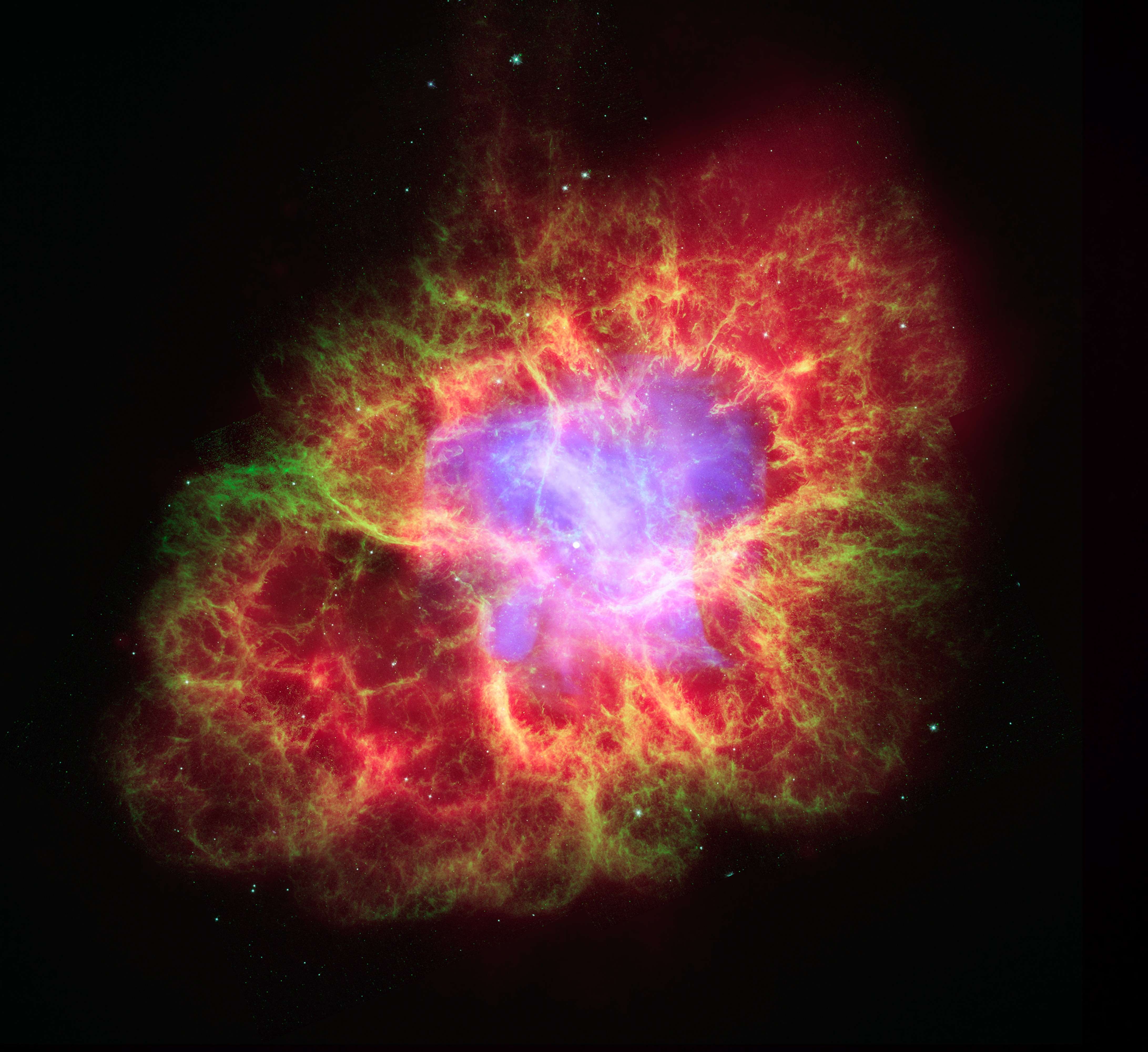Create a free profile to get unlimited access to exclusive videos, sweepstakes, and more!
Gaping void in space was blasted there by supernovas 10 million years ago

Space is a void in itself, but there is a void within the void — and that didn’t come from a Star Trek script that never made it to TV.
Star-forming constellations Perseus and Taurus are molecular clouds that surround an expanse of empty space 500 light years across. Scientists have now found that one or more ancient supernovas blasted what appears to be a cavity between them. Nothing was destroyed because the constellations didn’t even exist yet when it happened. They must have instead formed together from the post-supernova shockwave, showing how annihilation can beget new stars.
Ten million years ago, a star breathed its last and exploded. It might have kept happening with multiple stars in that region over millions and millions of years. Either way, the remnants generated stars that surround the void, meaning Perseus and Taurus didn't form individually, but together, from leftover star stuff. Astrophysicist Shmuel Bialy of the Harvard & Smithsonian Center for Astrophysics led a study, recently published in The Astrophysical Journal Letters, revealing what could have happened to form the “Perseus-Taurus Supershell.”
“To produce that void, there has to be a physical mechanism that can push the gas away from that region, Bialy tells SYFY WIRE. “This requires a very powerful form of energy injection in the interstellar medium. The best candidate is a supernova explosion, or a series of supernovas that occurred over time.”
This is how Bialy and his team figured out that only a supernova, or supernovas, could have created a void that immense. They looked further into the size of the empty space, mass of the displaced gases, and observations that proved the absence of expansion velocity (that would have meant something such as dark matter was making the gap constantly grow). These aspects of the phenomenon allowed the researchers to get an approximate age for the void, and how many supernovas it possibly took to force gas outward and form so many stars.
Think of the supershell as a gargantuan bubble glittering with stars on the outside and on either half of the inside, but mostly empty in the middle. Mapping it in three dimensions gave the researchers insight into the stardust floating around the region like never before. They used an existing 3D dust map whose resolution is so high it goes beyond hi-res, zeroing in on the Perseus and Taurus constellations. Seeing in 3D allowed them to see Perseus and Taurus in depth so they could make out the shapes of the molecular clouds and the entire supershell.
“Using 2D observations makes it difficult to draw conclusions on the true structure of the medium,” Bialy says. “With 3D observations, we can more rigorously explore the structure of the interstellar medium, and discover new exciting structures like the Per-Tau supershell and the void within it.”
Stars that go boom release intense shockwaves. Those shockwaves are launched outward by enormous amounts of energy, and expand into a shell so long as the force of the supernova keeps pushing them out. The gaseous shell can still continue to grow into a monster as it accumulates more astral remnants from the star that initially met its end. When the shell had grown massive enough to have sufficient gravitational pull, it cooled down and collapsed into Perseus and Taurus. This can happen over and over again with subsequent supernovas.
“Yet higher density regions within these molecular clouds may further collapse under the gravitational force to eventually form new stars,” Bialy says.
What is even cooler about this discovery is that you can see it for yourself in augmented reality right here. There is a QR code in the paper you can scan with your smartphone to make it appear as if the constellations are floating right in front of you. This is the first time a journal of the American Astronomical Society has published a visualization of the cosmos in AR, but expect more in the future. It’s as if you’re floating in a cosmic ocean of stars.
If you liked sticking those glow-in-the-dark stars to your walls as a kid, this levels it up astronomically.


























